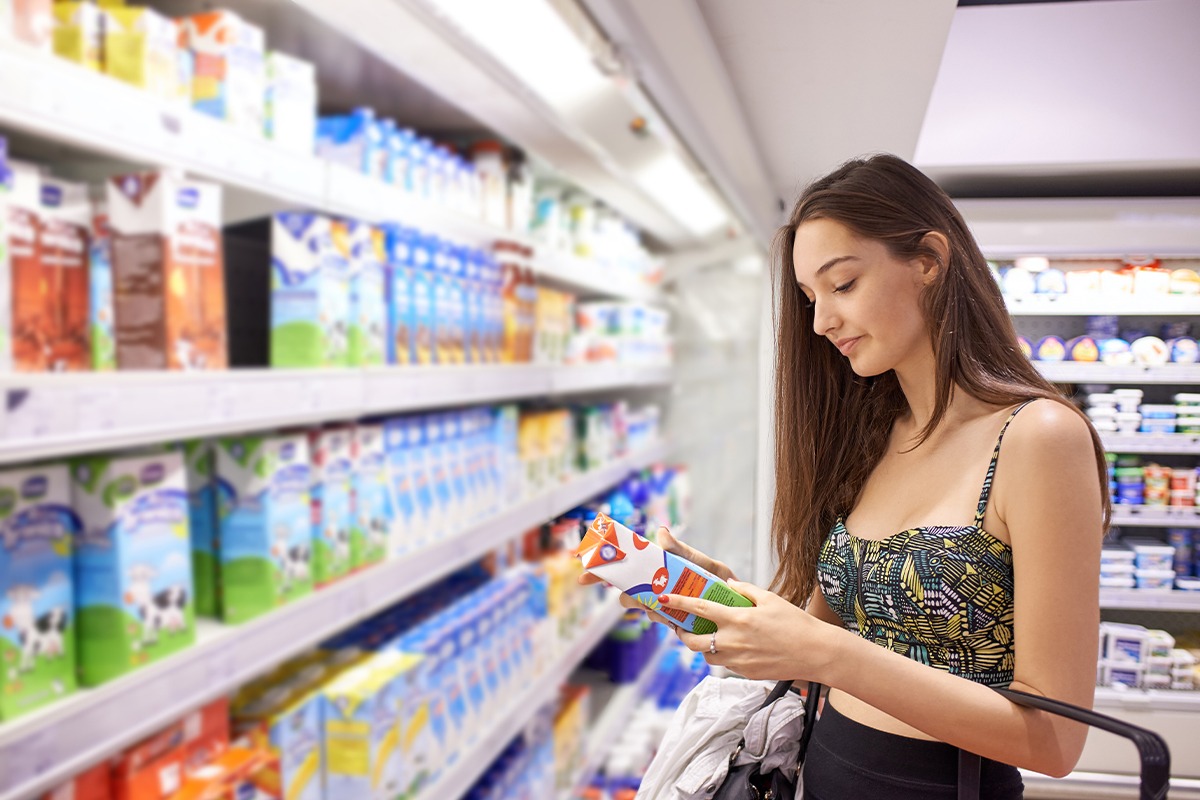
The economic survey says grocery, fashion and general merchandise will power India’s e-commerce growth.

Emerging categories of fashion, grocery, and general merchandise would capture two third of the Indian e-commerce market in the next four years to power its growth, according to Economic Survey 2022-23.
Tabled in the Rajya Sabha, the survey said, “The expansion of e-commerce to newer segments like grocery, fresh-to-home fruits and vegetables, and general merchandise has contributed to the expansion of the customer base beyond traditional buyers.”
Citing findings of the Global Payments Report by Worldpay FIS, it said that the domestic e-commerce market is projected to post impressive gains to grow at 18 per cent annually through 2025.
India’s e-commerce sector witnessed a renewed push and sharp increase in penetration during the Covid-19 pandemic when physical movement was restricted as a measure to contain the spread of the virus.
The restrictions on mobility brought disruptions in consumer behaviour and gave an impetus to online shopping, the survey noted.
ALSO READ: Hotel industry returns to pre-Covid levels, says Economic Survey
It said: “The government’s push to boost the digital economy, growing internet penetration, rise in smartphone adoption, innovation in mobile technologies, and increased adoption of digital payments further accelerated the adoption and growth of e-commerce.”
E-commerce platform has not only empowered small businesses by removing geographical barriers and providing a large customer base but also allowed them to deal directly with manufacturers and suppliers, thus reducing the cost of procurement.
The Economic Survey further noted that increased internet adoption, smartphone penetration, and increased purchasing power have led to a “phenomenal geographical expansion” of e-commerce businesses in rural India.
“A vast untapped rural market holds the potential for strengthening consumption growth; new e-commerce companies like Trell, Meesho, and shop 101, are expanding and gaining popularity in Tier 3 and 4 cities,” it observed.
ALSO READ: ‘A Bharat which…’: President Murmu lays out India’s 2047 vision
In terms of order volume and valuation, post-Covid-19 years have been the most successful years for Indian e-commerce start-ups, it said.
Referring to certain market reports, the government said that overall e-commerce order volume registered a growth of 69.4 per cent YoY in the financial year 2021-22, driven mainly by consumers from tier-II and tier-III cities in the last two years.
“The shoppers from tier-II and tier-III cities accounted for over 61.3 per cent of the overall market share in FY22, increasing from 53.8 per cent in FY21. The order volume from tier-II and tier-III cities grew at almost double the pace of tier-I cities, with 92.2 per cent and 85.2 per cent YoY growth, respectively, in FY22.”
In contrast, tier-I cities indicated a comparatively slower order volume growth rate of 47.2 per cent.